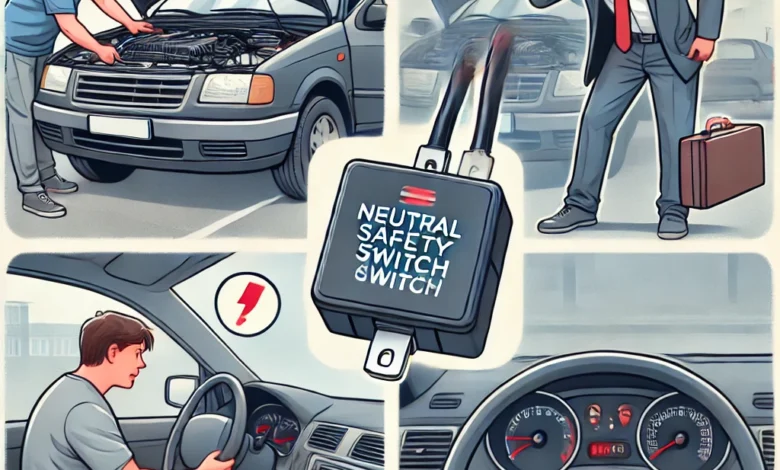Symptoms Of Bad Neutral Safety Switch Automatic Transmission: Comprehensive Guide

Navigating car troubles can feel like decoding an ancient script. One critical yet often overlooked component is the neutral safety switch. This small, seemingly insignificant part plays a huge role in your vehicle’s operation. So, let’s embark on this journey to understand the symptoms of a bad neutral safety switch in an automatic transmission, using vivid scenarios and personal anecdotes to illustrate each point.
What is the Neutral Safety Switch?
First, le
Symptom 1: Car Won’t Start in Park
Imagine this: It’s a cold morning, and you’re rushing to get to work. You hop into your car, turn the key, and… nothing. No comforting rumble of the engine. Panic sets in as you frantically check everything. Finally, you shift to neutral, turn the key again, and the engine roars to life. This could be your first hint that the neutral safety switch is failing. When it starts in neutral but not in park, your switch might be on its way out.
Symptom 2: Car Starts in Gear
Now, picture this: You’re parked on a slight incline, and your foot isn’t quite on the brake. You turn the key, and the car lurches forward. A heart-stopping moment, right? This shouldn’t happen. If your car starts in any gear other than park or neutral, your neutral safety switch is likely malfunctioning. This situation can lead to dangerous scenarios, emphasizing the switch’s importance in maintaining safety.
Symptom 3: No Crank, No Start

On one of my road trips, I experienced a mysterious no-crank, no-start issue. The battery was fine, the fuel level was adequate, but the car simply refused to start. After a lot of head-scratching and some expert advice, it turned out to be a faulty neutral safety switch. The switch wasn’t allowing the electrical signal to reach the starter, effectively locking me out from starting my own vehicle. This can be one of the most perplexing symptoms, often misattributed to b
Symptom 4: Intermittent Starting Issues
Ever had that nagging issue where your car sometimes starts perfectly and other times doesn’t respond at all? This inconsistency can be maddening. One moment you’re thinking it’s fixed, the next it’s back to square one. These intermittent starting issues can also point to a failing neutral safety switch. It’s like trying to use a light switch that works only when it feels like it – utterly unreliable.
Symptom 5: Engine Doesn’t Start in Cold Weather
I once had a car that refused to start on particularly cold mornings. After several checks, it turned out the neutral safety switch was temperature-sensitive. In cold weather, the internal contacts wouldn’t align properly, preventing the car from starting. This can be particularly frustrating during winter months, adding an extra layer of complexity to diagnosing the issue.
Symptom 6: No Reverse Lights
While not directly affecting the starting process, a malfunctioning neutral safety switch can also result in your reverse lights not illuminating when you shift into reverse. This can be dangerous, as other drivers and pedestrians won’t be alerted to your intentions. It’s a small but significant clue i
Personal Experience: A DIY Fix
I remember the time I decided to tackle this issue on my own. Armed with a repair manual and some basic tools, I located the neutral safety switch near the base of the steering column. It was an enlightening experience, realizing how such a small component could cause so many issues. Replacing it was relatively straightforward, and the satisfaction of solving the problem myself was immense. However, if you’re not comfortable with car repairs, seeking professional help is always advisable.
Preventative Measures
Keeping an eye on your car’s behavior and addressing issues promptly can save you from larger headaches down the road. Regular maintenance checks can help identify a failing neutral safety switch before it leaves you stranded. Consider it part of your routine car care, like checking the oil or tire pressure.
Conclusion
Understanding the symptoms of a bad neutral safety switch in an automatic tran














